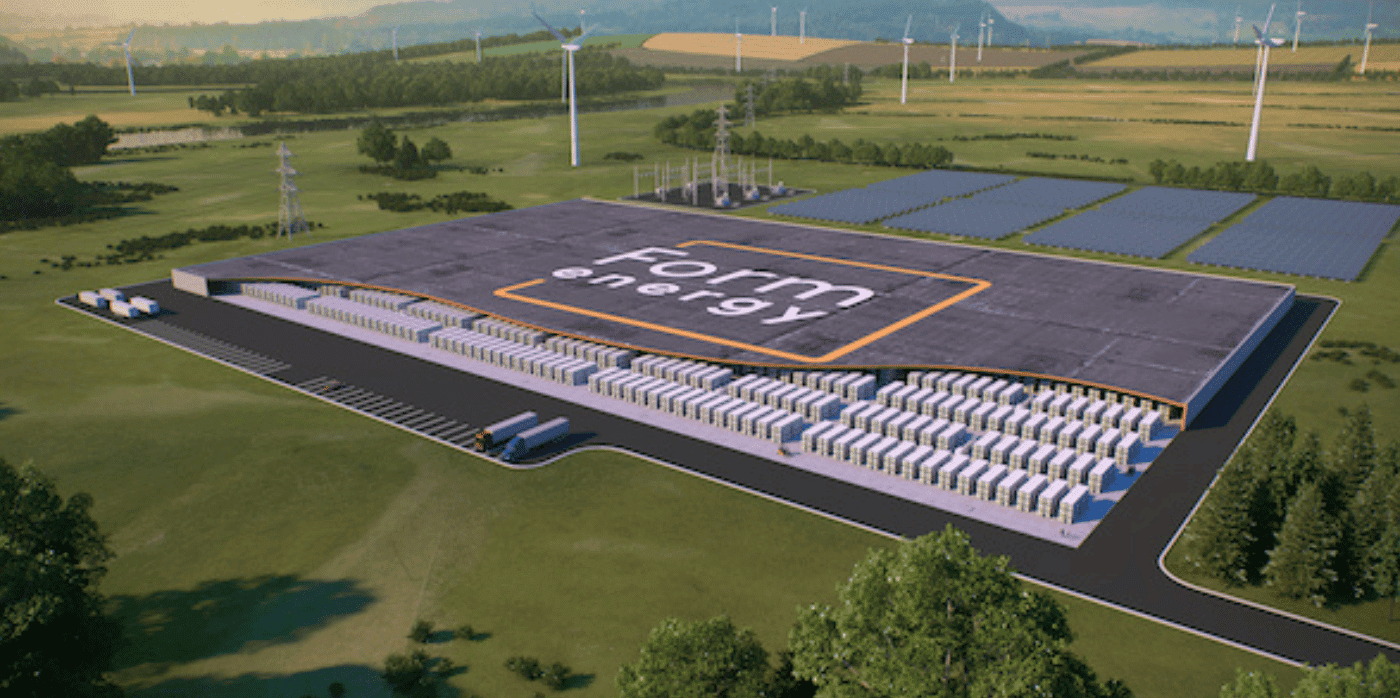
Spotted: Lithium-ion (Li-ion) batteries were first developed in 1985 and have since become ubiquitous in products such as toys, wireless headphones, electric vehicles, and electrical energy storage systems. However, one issue with these batteries is the fact that they contain numerous toxic metals, which make their manufacture, recycling, and use environmentally problematic.
Startup Form Energy, which was spun out of the Massachusetts Institute of Technology (MIT), has found a way to make an alternative battery technology, metal-air batteries, more viable. Today’s metal-air batteries, such as the zinc-air batteries used in hearing aids, use fewer toxic materials than Li-ion batteries but are not rechargeable as they corrode quickly. The MIT researchers, however, have found a way to reverse the corrosion process, creating rechargeable iron-air batteries.
Iron was chosen for use in the new design because it is cheap and abundant, with the new batteries likely costing around $20 per kilowatt-hour, compared to up to $200 for Li-ion batteries. The company says they will be perfect for grid-level energy storage as they excel at long-term energy storage and can deliver more than three milliwatts output capacity per acre of batteries.
Form CEO Mateo Jaramillo explains: “We believe that to meet supply chain challenges and to run the grid reliably and affordably, we need new domestically manufactured energy storage technologies (…) The active components of our iron-air battery system are some of the safest, cheapest, and most abundant materials on the planet – low-cost iron, water, and air.”
Improving battery technology to make it cheaper, safer, and more efficient is the impetus behind a growing number of innovations spotted by Springwise. Some recent developments include a green method for recycling the materials used in Li-ion batteries, and improved, high-performance hydrogen fuel cells.
Written By: Lisa Magloff

